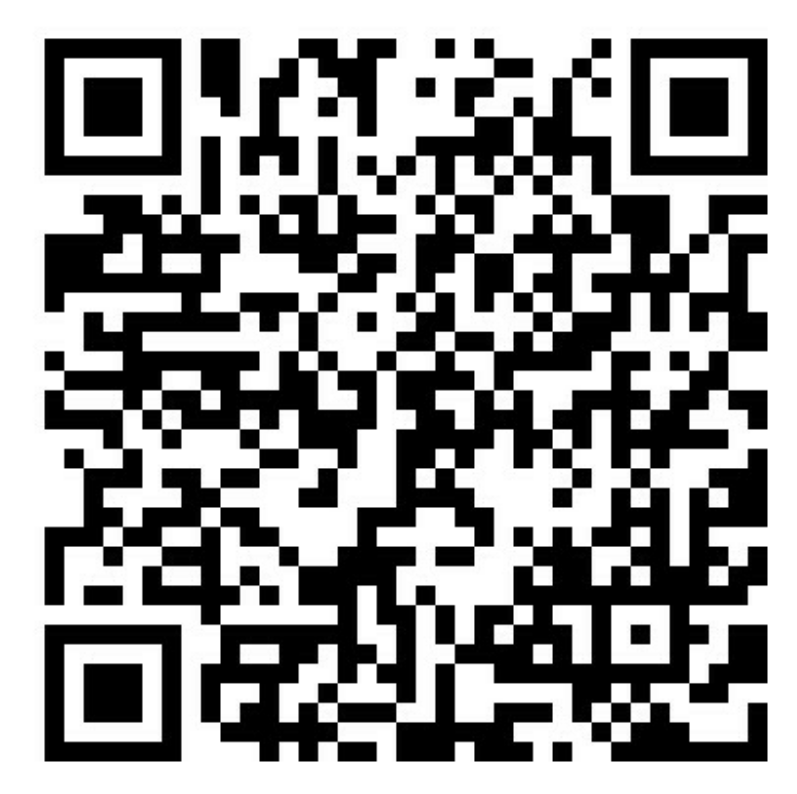Object Detection in Aerial Images (ODAI)
A Contest on ICPR'2018
A Contest on ICPR'2018
For download the extra test images and submit your results, registrate on the contest page.
Object detection in Earth Vision, also known as Earth Observation and Remote Sensing, refers to localizing objects of interest (e.g., vehicles and airplanes) on the earth’s surface and predicting their corresponding land-use categories. The task of object detection in aerial images is distinguished from the conventional object detection task in the following respects:
This contest, organizing on ICPR'2018, features a new large-scale image database of object detection in aerial images, named DOTA with nearly 3000 large-size images (4000 × 4000), which contain 15 categories.
Through the dataset and the tasks, we aim to draw attention from the a wide range of communities and call for more future research and efforts on the problems of object dection in aerial images.
We propose two tasks for this contest, namely object detection with horizontal bounding box and object detection with oriented bounding box. Task1 uses the initial annotation as ground truth, while Task2 uses the generated axis-aligned bounding boxes as ground truth. We recommond you to test your algorithms by way of Task1, although the results from task2 are also of great practical value.
For more details and submission format, refer to the Tasks Page on DOTA.The detection tasks of ODAI are based on the DOTA dataset. Specificly, the Train and Validation sets are the same as DOTA-v1. However, the images of Test set are partly from DOTA-v1, other test images are not available currently. For the use of the data, please cite our article and follow the usage license described in DOTA. The data of the DOTA are available at DOTA Dataset Page.
NOTE: Except the train/val set of DOTA-v1, extra data is also allowed to train your detector, but you must give a description in your submission.For any problem you have in using DOTA or ODAI, you can join the WeChat group and communicate.
